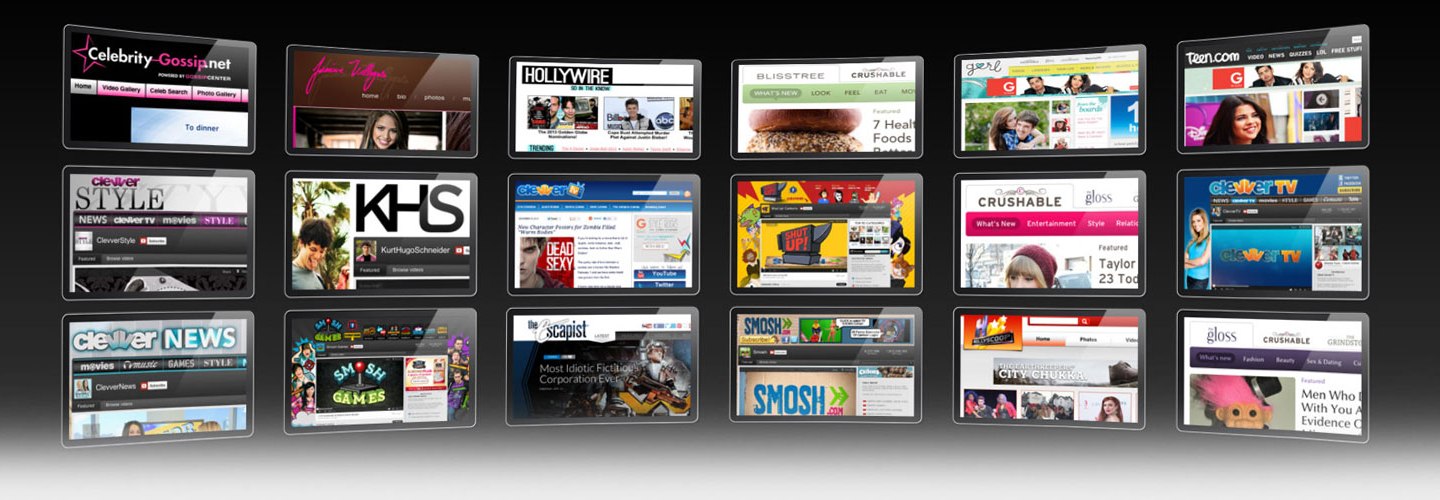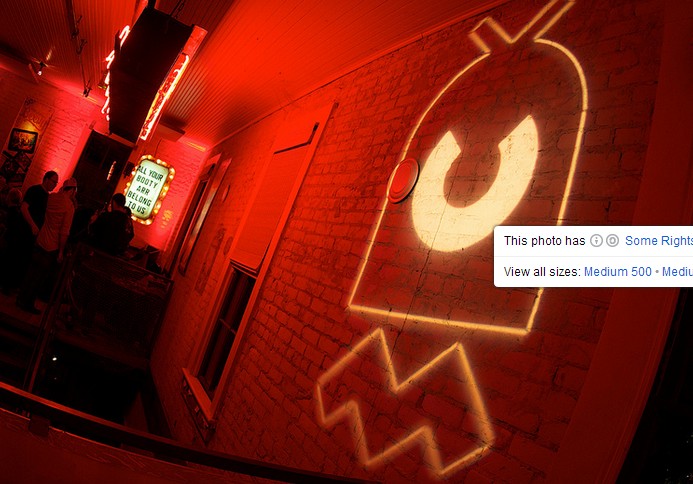Ken Hertz and I got an early start on the 4th of July holiday, hosting Big Bang IX in Hollywood on June 28th. Dozens of key media and technology moguls got together to discuss the latest in content creation and content delivery. The gathering was structured around a series of presentations from executives of both high profile companies and exciting start-ups.
First up was Jordan Levin, President of Alloy Digital. Levin, an original founder of the WB network and production company Generate, shared his multi-platform experience from a unique perspective. His insights on the youth market, the transition from traditional media to digital media, and the difficulties of moving from content creation to content delivery to content monetization were illuminating.
Levin's had a front row seat to the devolution of traditional media. Step one was when technology made it easier to produce all forms of content. This was swiftly followed by effortless delivery. He pointed out that the digital revolution has allowed the producers and consumers to cut out traditional media middlemen.

Photo Credit: Alloy Digital
But there's still a bifurcation in media, with younger demos having a different frame of reference on everything from paying for content to which screen is really the "second screen." Levin pointed out that the average age for most network TV shows is over 50, while Alloy's average age is 27.
"So how do you get noticed?" he asked. "Social media is taking precedence, in my opinion over traditional media." Talent has to do more than produce something, then hand off the finished product to a traditional media company. Staying in touch with fans via social media is becoming an increasing concern. Many veteran performers and producers are struggling with spending significant amounts of time doing what publicity agents used to do.
The trouble is that easier creation and delivery means easier ways to bypass paying for content. Regarding the unlimited shelf space of digital media, Levin said, "YouTube is seeing significant growth in channels, but a decline in CPMs." The ensuing discussion focused on where the solution may lie. Most agreed that the best hope is that more sophisticated audience metrics will ultimately drive up those CPMs.
The second presenter was Whurley, co-founder of mobile company, Chaotic Moon. Whurley gave an entertaining talk about the implication of Google Glass. He began while poking a little fun, "I'm a killer of futurists. To do that, I use two things, history and reality," he said, pointing out some of the "next big things" that ended up being the technological equivalents of the pet rock.
But, beyond any snark, he made an essential point, "It doesn't matter what Google Glass is or does, or can or can't do," he said. "What's important is that it opens up a whole new market, wearable technology." Summing up this line of thinking, he added, "Good, innovative technology is nothing new. It's not invention; it's innovation."

Photo Credit: giovanni
Kevin Townsend, founder/managing partner of Science + Fiction, gave a presentation called, "Branded Programming -- Why & How, Who is Winning / Who is Not." Branded programming he defined as, "The younger, smarter, cuter little sister of product placement." It's also another contender for the new media monetization model.
Townsend gave examples of branded entertainment, where consumer brands have created their own content. Instead of merely selling, these programs are "telling better stories." Townsend also pointed out that research shows that most consumers/viewers/users don't care whether it's associated with a brand. That's inconsequential. They either like it, or they don't.
The important lesson, said Townsend, is that the focus is on engagement, not just reach. Townsend emphasized that, "Television doesn't have a way of directly measuring engagement."
Ken Hertz added, "It's not the analytics; it's ROI."
Townsend finished by listing a number of companies in this field that we should keep an eye on, including WPP, LookAlive Labs, Full Screen, MediaBrands/IPG, and Machinima/Style.
Walter Delph, CEO of social advertising platform Adly, spoke about celebrity endorsements. In pointing out social media metrics -- Likes, Followers, Re-tweets, etc. -- he made the case for the continuing validity of endorsements as an advertising strategy. "Endorsements aren't new," he said. "The measurability of endorsements is new."
Interestingly, Delph's presentation reignited the conversation about targeted audiences. Some in attendance pushed back on the idea that targeted audiences would ever mean increased CPMs. There wasn't any consensus about this, merely the recognition that this is everyone's hope.
Matt Galligan, co-founder and CEO of Cir.ca, rounded out the presentations. Cir.ca is an app that reimagined how the news is presented, and reformatted it for mobile consumption. Cir.ca's idea was to create an app that strips down news to four essentials: the facts, stats, quotes and media. Cir.ca presents those basics for each story and provides an innovative way of tracking what each user has read. Then, when a user checks back to follow up on a story, he/she doesn't have to re-read the same background information each time; Cir.ca dynamically updates for each individual.
Galligan's insight was that, "If the facts are a commodity, the only things you can do are change the experience or change the content."
And if you can't change the facts, you change the conversation, which is what Big Bang is all about.